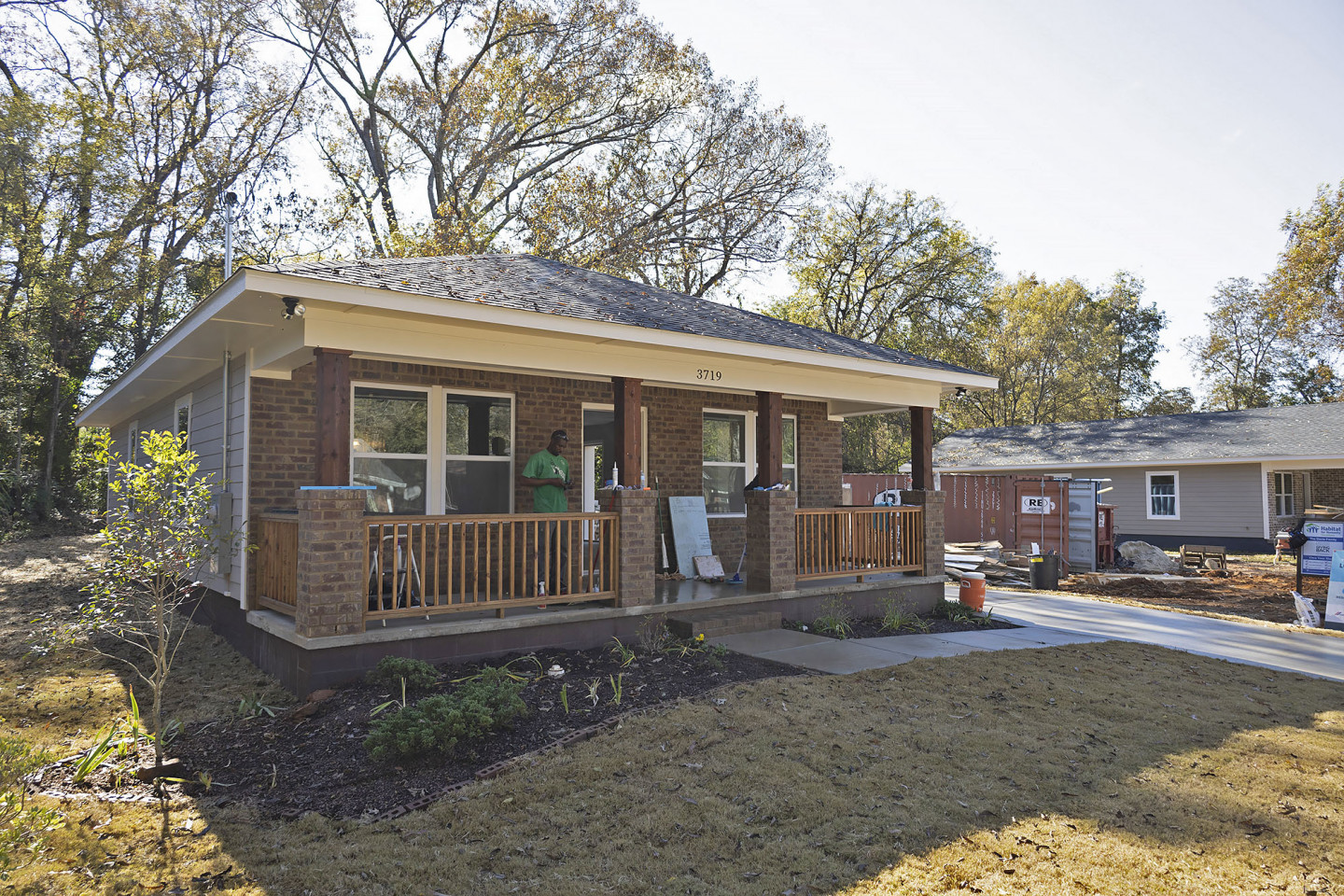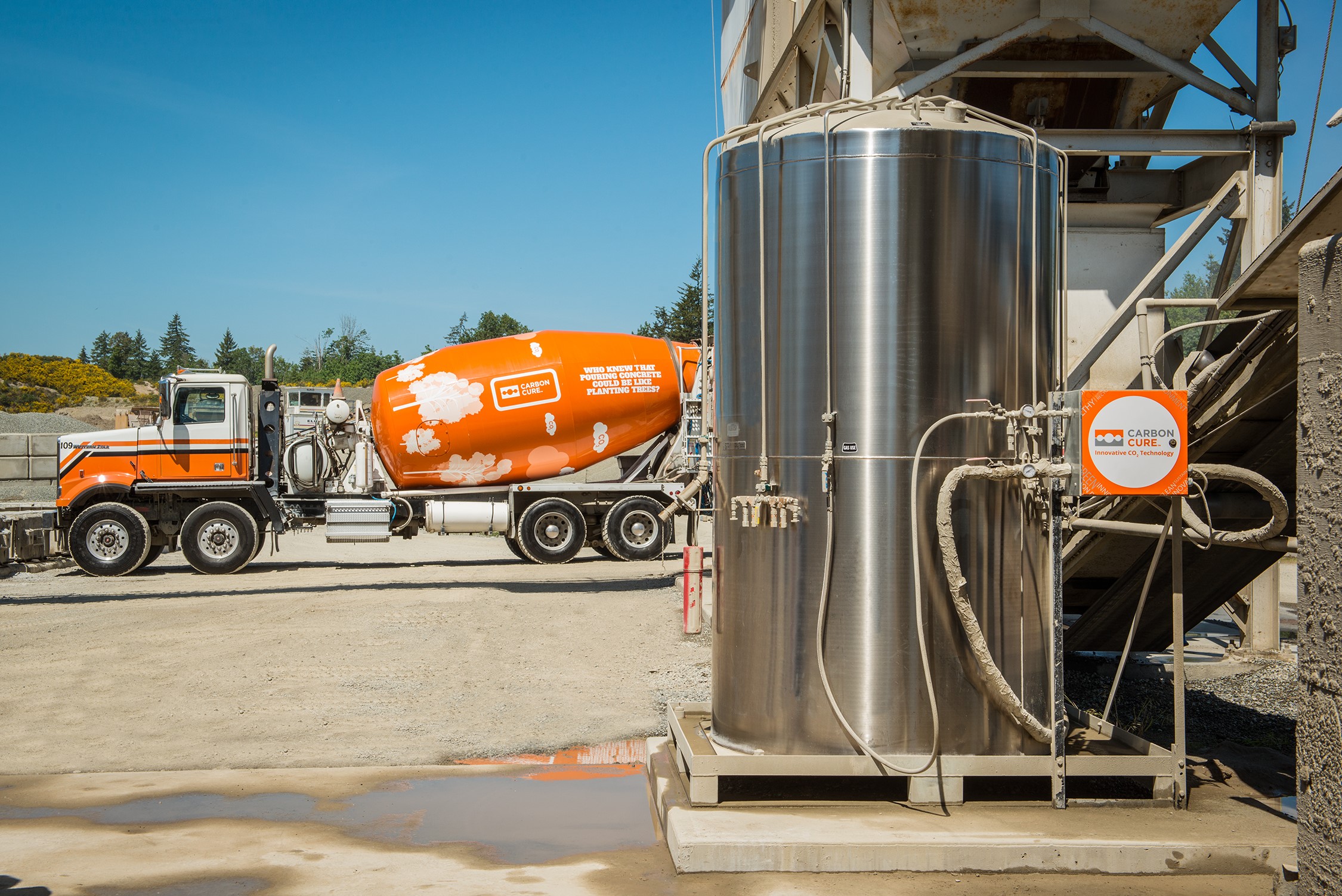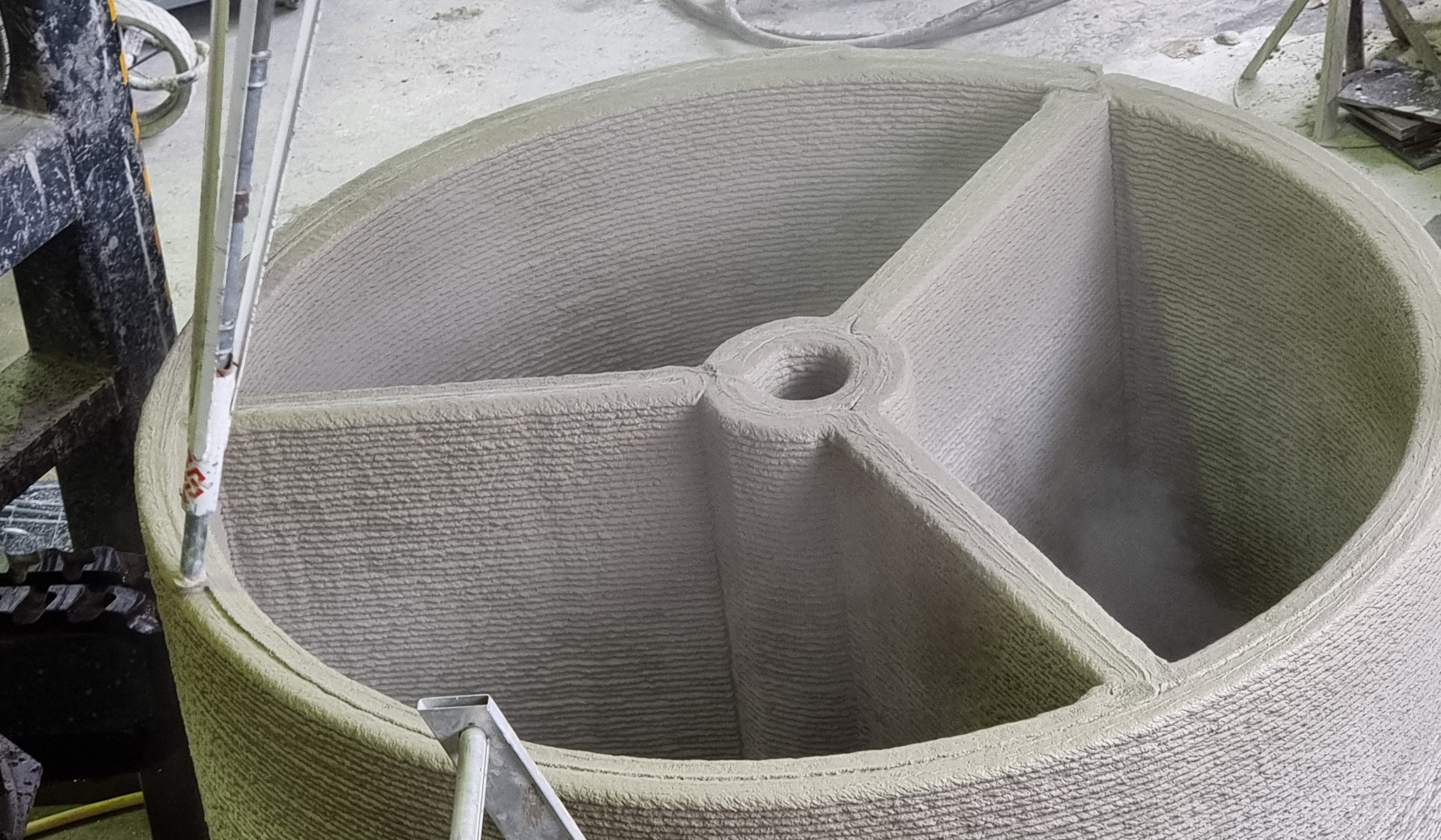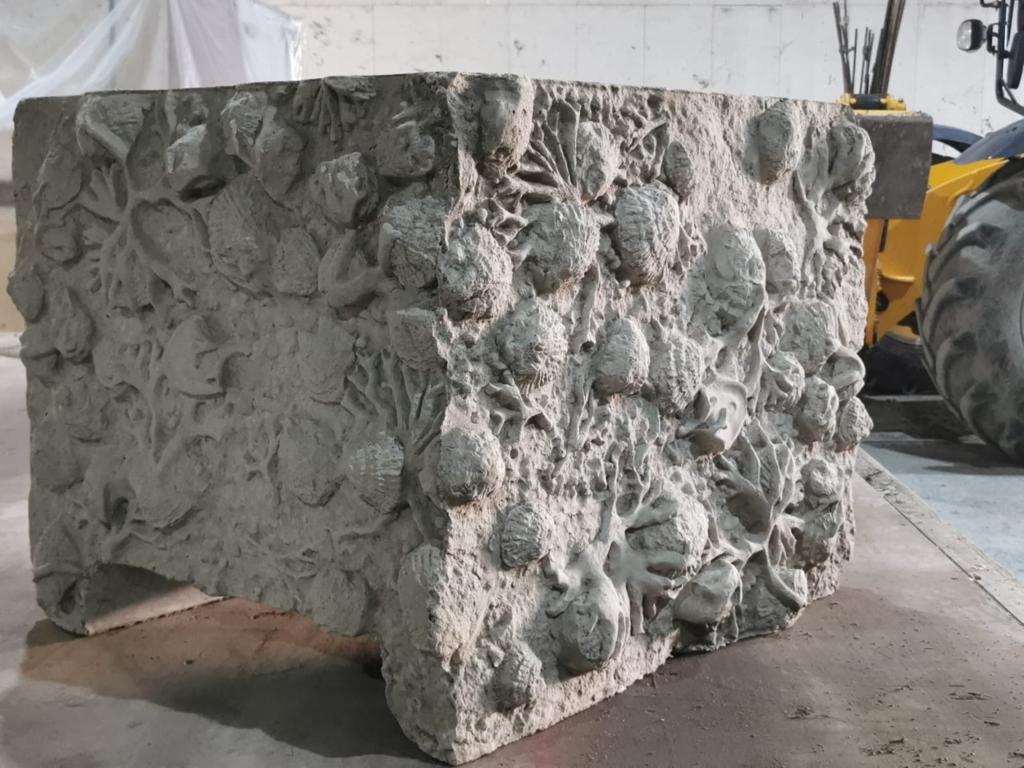Watch the first talks in the Fresh Concrete series about carbon sequestering concrete.
Carbonation is the naturally occurring process in which concrete absorbs CO2, permanently removing it from the atmosphere. The rate of carbonation depends on the type of concrete (or cement-containing product), the conditions to which it is exposed, and its design - in reinforced structures carbonation is designed to be limited to protect steel reinforcement. Innovative industrial carbonation technologies are being developed to enhance and accelerate carbonation and consequently remove large quantities of CO2 from the atmosphere.
These first talks in the Fresh Concrete series are the joint winners of the 2021 NRG Cosia Carbon XPrize; CarbonCure and CarbonBuilt. Each demonstrates a different way in which concrete can be manufactured using CO2, reducing both the embodied carbon of the concrete and also permanently locking in captured CO2 emissions. Deployment of their technologies, to avoid and reduce carbon emissions, has been described as a gamechanger for global decarbonisation.
Speaker 1 – Eric Dunford, Senior Director, CarbonCure
Already utilised in projects across the US, including the new Amazon HQ, in Washington DC. CarbonCure’s innovative technology injects captured CO2 into concrete during mixing, and uses wastewater in the batching plant to convert CO2 into minerals for use in new concrete mixes.
Speaker 2 – Cindy McLaughlin, Head of Product, CarbonBuilt
The CarbonBuilt technology enables the production of very low- or no-carbon concrete blocks. Custom formulations reduce cement and uses diluted CO2 from any source (nearby industrial emitters, biomass, or Direct Air Capture) to cure them, thus chemically transforming and permanently storing the CO2. Blocks manufactured using this system were recently used to construct a single-storey Habitat for Humanity home in Alabama.




